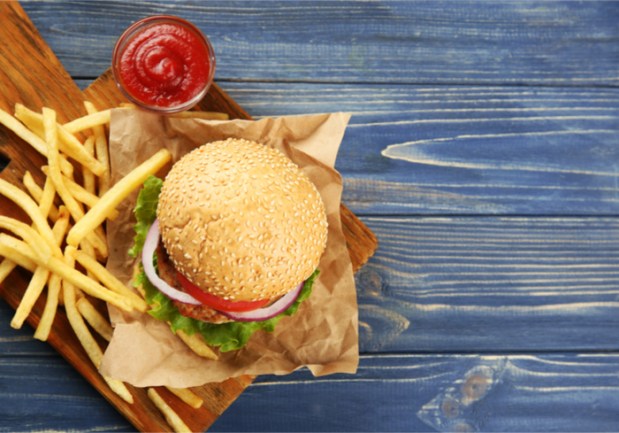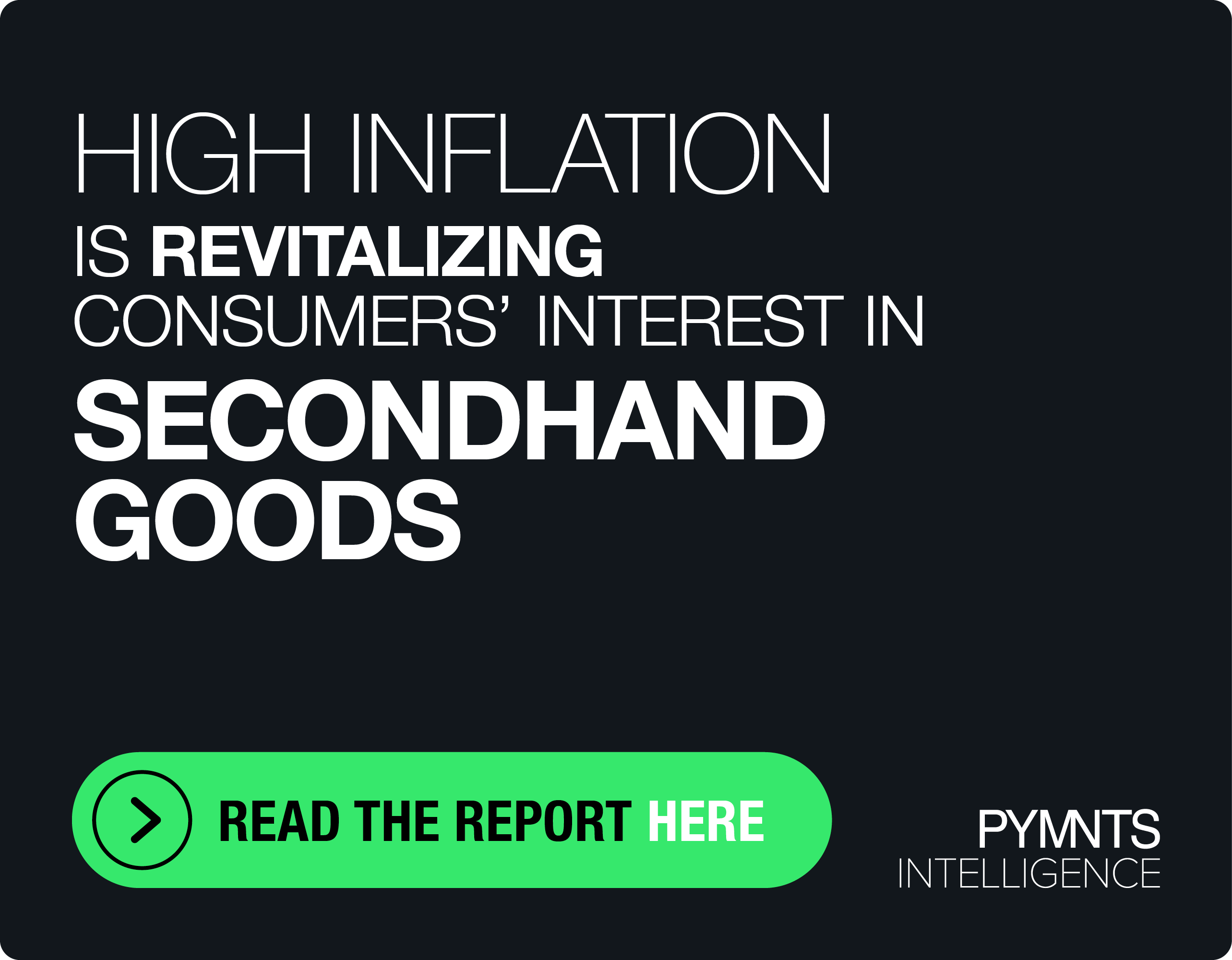Self-Service Kiosks Boost Consumer Spending By 30 Percent

With the introduction of kiosks, quick-service restaurants (QSRs) are speeding up the traditional ordering process. But these devices can do more than allow customers to get their burgers faster: They can actually recognize customers and know what kind of burgers they want to order.
CaliBurger, for example, tested an artificial intelligence (AI)-powered facial recognition system in 2017 that identifies customers at self-ordering kiosks and brings up their profiles, which includes information such as past orders and menu favorites. CaliBurger plans to add face-activated payments to the mix this year.
Not all kiosks are as high-tech as CaliBurger’s machines, but QSRs and other retailers are rolling out their own versions of the machines across the country. And what makes a good machine? According to the PYMNTS Unattended Retail Tracker, it comes down to “offering the right combination of in-store tech, mobile solutions and online features.”
Here’s how some retailers are rolling out kiosk technology to their customers — and how it benefits merchants.
The projected annual growth of the American interactive kiosk market through 2021 is 7.2 percent. With the addition of kiosks, McDonald’s, for example, is turning its eye to enhancing customer experience and choice. The QSR plans to add self-service stations at a rate of 1,000 U.S. stores per quarter for the next eight to nine quarters. “We’re trying to add more choice and variety,” McDonald’s CEO Steve Easterbrook told CNBC. “Two years ago, if you were a customer, there were two ways you can get served at McDonald’s.” Those two ways were the counter and the drive-through lane. But now consumers can order through mobile and “pay in different ways and customize [their] food in different ways,” Easterbrook said.
Self-service kiosks generated annual revenues of $218 million in 2016. Subway, for example, updated its store design to include new digital self-order kiosks, separate food prep areas and a designated pick-up location for kiosk and mobile orders. How do customers pay through these kiosks? According to a press release, the kiosks feature Apple Pay and Samsung Pay, as well a faster experience for delivery and preordering via its mobile app and Facebook’s Messenger bot.
Vending machines bring in $7 billion in sales in the U.S. annually. But vending machines don’t have to just sell food or soda. Uniqlo, for example, has vending machines that will dispense clothing items for on-the-go consumers looking for last-minute items during unexpected weather. Consumers interested in the Uniqlo brand can purchase heat-retaining shirts and lightweight down jackets in a limited amount of sizes and colors. Any possible returns will be processed in-store or by mail. In another industry, Carvana is rolling out “vending machines” that dispense cars in Arizona and Florida.
About four in 10 — or 41 percent of consumers — cannot differentiate between digital chatbot and human interactions. Chatbots have worked their way into consumers’ everyday lives in some fashion or another — be it through Facebook Messenger or simply shopping online. Over a quarter of U.S. consumers use chatbots on a daily basis, according to 3Cinteractive Corp.’s research. The comfort level of interacting with chatbots may be small, but it’s significant. Retail executives are also more confident in the use of artificial intelligence and natural language processing. As such, it should come as no surprise that recent IBM research indicated that 91 percent of retail executives believe cognitive computing will be a major disruptor to the industry, while 83 percent think it will have a big impact on their businesses’ future and 94 percent of merchants are planning to invest in the technology.
The increase in consumer spending when ordering through self-service kiosks is 30 percent. Léa French Street Food in Illinois, for example, found that kiosks encouraged customers to customize their orders. As a result, the restaurant noticed that orders at the kiosk had much higher check sizes than counter orders. For example, orders through the kiosk had an average check size of $17.17, while orders at the counter had an average check size of $9.79.
When it comes CaliBurger, some people love ordering with their faces with its high-tech kiosks. Others remain wary, and probably will continue to be until this type of technology gains mainstream traction. Will consumers embrace this personalized technology? Stay tuned.
